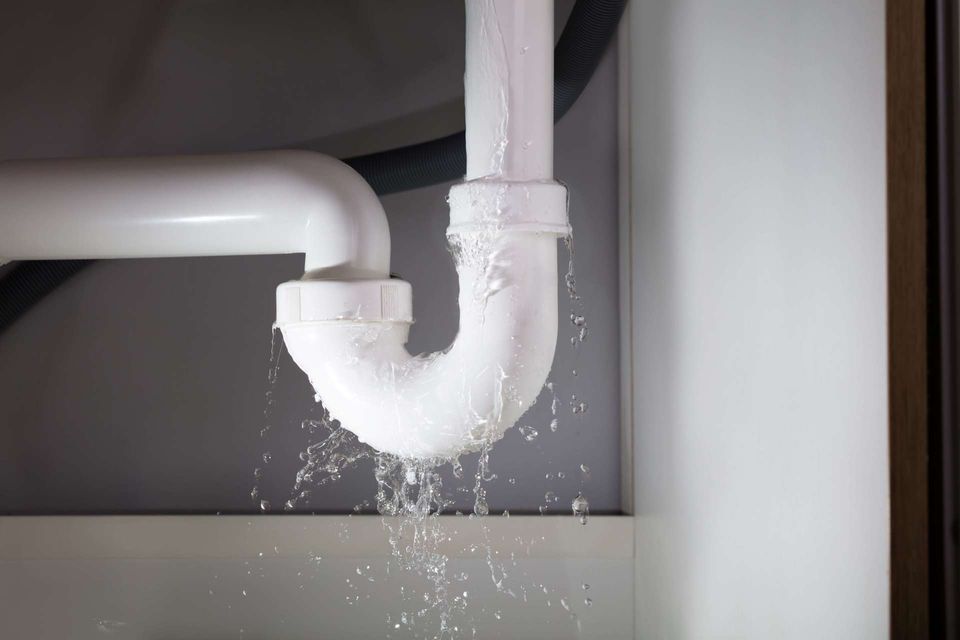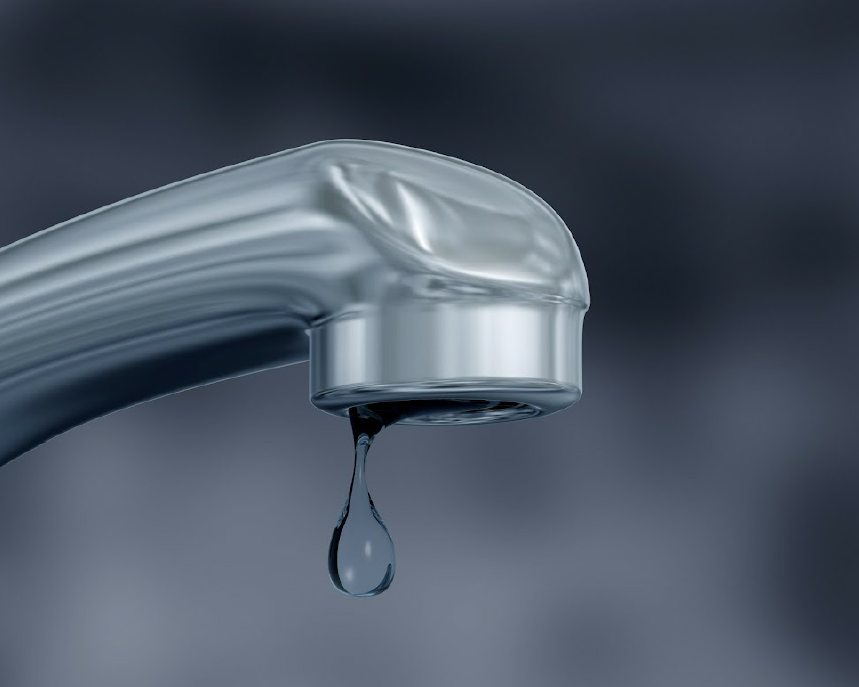Just how to Check If Your House Has a Surprise Leak
Just how to Check If Your House Has a Surprise Leak
Blog Article
This article in the next paragraphs pertaining to Detecting hidden plumbing leaks is fairly compelling. Give it a try and make your own personal findings.

Early discovery of leaking water lines can reduce a potential calamity. Some small water leaks may not be noticeable.
1. Analyze the Water Meter
Inspecting it is a surefire method that aids you uncover leaks. If it moves, that shows a fast-moving leak. This indicates you might have a slow leakage that might also be below ground.
2. Check Water Intake
Analyze your water costs as well as track your water usage. As the one paying it, you ought to see if there are any inconsistencies. If you identify sudden changes, regardless of your intake coinciding, it means that you have leaks in your plumbing system. Keep in mind, your water costs should drop under the very same range on a monthly basis. An unexpected spike in your bill shows a fast-moving leakage.
Meanwhile, a stable boost on a monthly basis, despite having the same routines, reveals you have a slow-moving leak that's additionally slowly escalating. Call a plumber to completely check your building, especially if you really feel a cozy location on your flooring with piping below.
3. Do a Food Coloring Test
30% comes from toilets when it comes to water consumption. Test to see if they are running correctly. Drop specks of food color in the container as well as wait 10 minutes. If the shade in some way infiltrates your bowl throughout that time without flushing, there's a leak between the tank and bowl.
4. Asses Exterior Lines
Don't forget to inspect your outdoor water lines also. Needs to water permeate out of the connection, you have a loose rubber gasket. One tiny leakage can lose loads of water and increase your water bill.
5. Evaluate as well as Assess the Scenario
House owners should make it a habit to examine under the sink counters and also even inside cupboards for any type of bad odor or mold and mildew growth. These two red flags show a leakage so timely attention is needed. Doing regular evaluations, also bi-annually, can conserve you from a significant problem.
If you know your house is currently old, keep a careful eye on your heating units, tubes, pipelines etc. Check for stainings and also deteriorating as many pipes and also devices have a life span. They will certainly also naturally degrade as a result of tear as well as use. If you think leaking water lines in your plumbing system, don't await it to intensify. Call a specialist plumber today so you don't end up with an awful mess in your house.
Early discovery of dripping water lines can alleviate a potential catastrophe. Some tiny water leaks might not be visible. Inspecting it is a proven way that helps you uncover leakages. One tiny leakage can waste heaps of water and spike your water costs.
If you presume dripping water lines in your plumbing system, don't wait for it to escalate.
WARNING SIGNS OF WATER LEAKAGE BEHIND THE WALL
PERSISTENT MUSTY ODORS
As water slowly drips from a leaky pipe inside the wall, flooring and sheetrock stay damp and develop an odor similar to wet cardboard. It generates a musty smell that can help you find hidden leaks.
MOLD IN UNUSUAL AREAS
Mold usually grows in wet areas like kitchens, baths and laundry rooms. If you spot the stuff on walls or baseboards in other rooms of the house, it’s a good indicator of undetected water leaks.
STAINS THAT GROW
When mold thrives around a leaky pipe, it sometimes takes hold on the inside surface of the affected wall. A growing stain on otherwise clean sheetrock is often your sign of a hidden plumbing problem.
PEELING OR BUBBLING WALLPAPER / PAINT
This clue is easy to miss in rooms that don’t get much use. When you see wallpaper separating along seams or paint bubbling or flaking off the wall, blame sheetrock that stays wet because of an undetected leak.
BUCKLED CEILINGS AND STAINED FLOORS
If ceilings or floors in bathrooms, kitchens or laundry areas develop structural problems, don’t rule out constant damp inside the walls. Wet sheetrock can affect adjacent framing, flooring and ceilings.
https://www.servicemasterbyzaba.com/blog/how-to-detect-water-leakage-in-walls/

Do you appreciate more info about Leaking water lines? Make a remark down the page. We'd be delighted to listen to your reactions about this review. We are looking forward that you visit us again before long. If you enjoyed our post please be sure to pass it around. We value reading our article about Finding hidden leaks.
Report this page